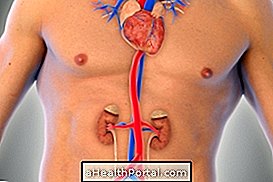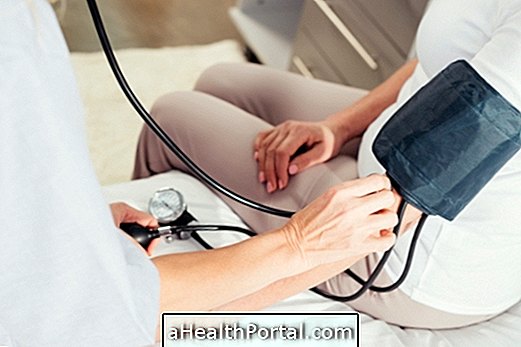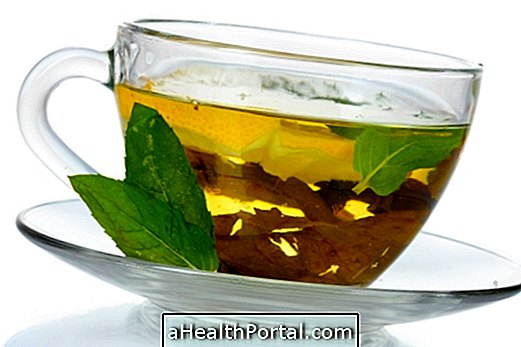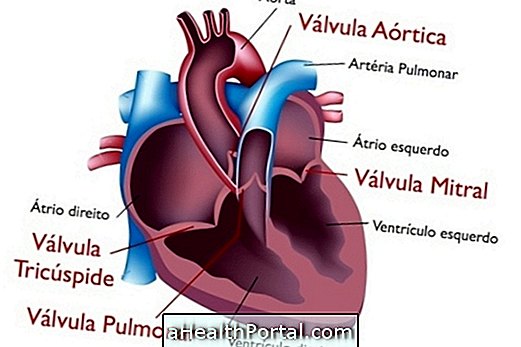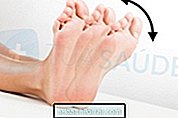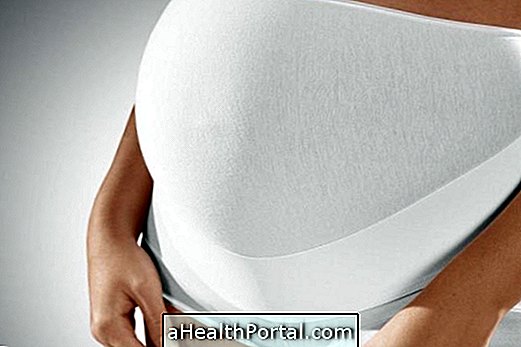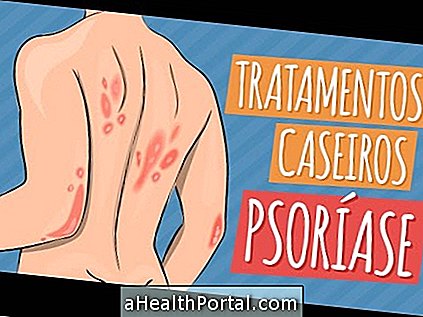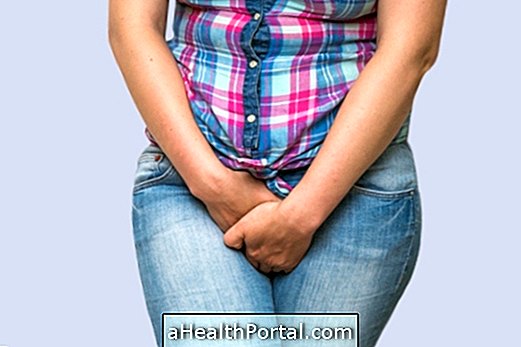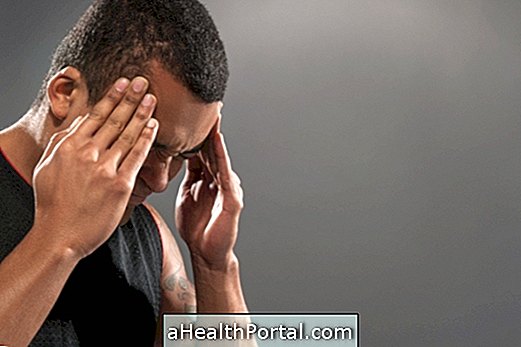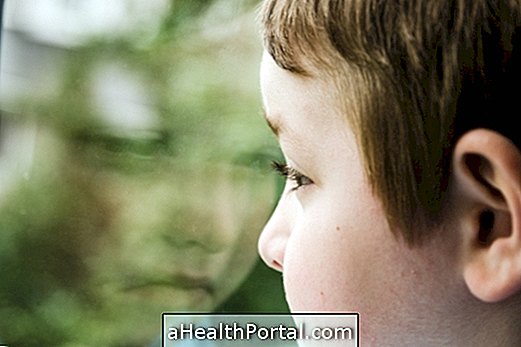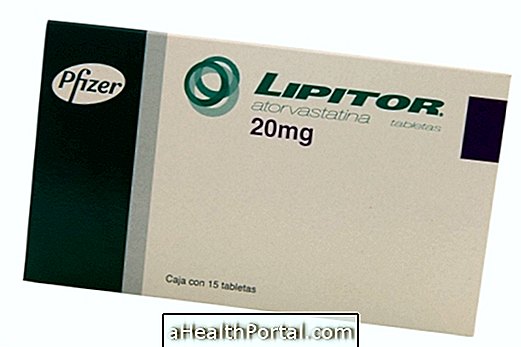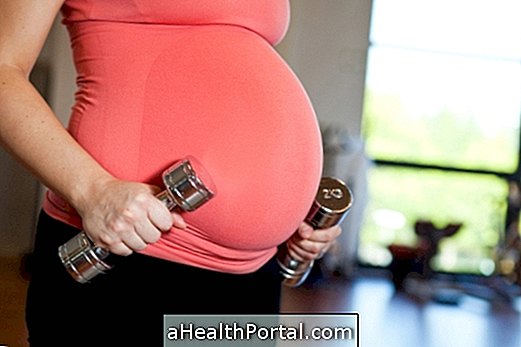Cold and cold feet and hands can be a sign of poor blood circulation, when blood has difficulty passing through the veins and arteries, but also when the person is exposed to the cold for a long time.
Babies also tend to have cold extremities, and most of the time it is not related to any vascular or cardiac disease.
You may be wary of heart problems when the person has, in addition to cold feet and hands most of the time, other symptoms such as swelling in the legs and feet or feeling faint, for example.
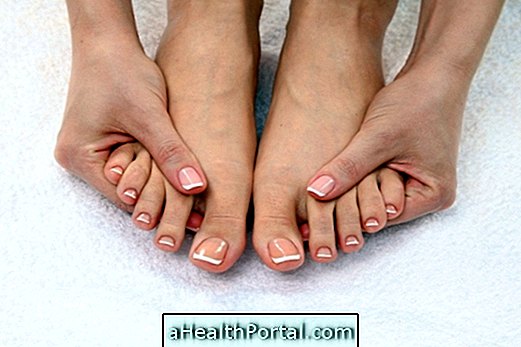
Main causes of cold feet and hands
Cold or cold hands and feet may be a consequence of a person's low sensitivity to lower temperatures, making the extremities colder and purplish, but may also be a sign of problems related to blood circulation, such as:
- Cardiac diseases, such as heart failure;
- Atherosclerosis;
- Arteritis, which is inflammation of the arteries of the head;
- Vasculitis, which is inflammation and alteration of the shape of blood vessels;
- Renal problems;
- Excessive use of alcohol;
- Smoking;
- Thyroid diseases;
- Iron deficiency in the body;
- Anxiety or stress.
If it is noticed that the hands or feet are cold even in hot environments, it is important to go to the doctor for tests so that the cause and treatment can be identified. It is usually indicative of cardiovascular problems when there are other symptoms, such as swelling in the legs, feet or hands or feeling faint, for example.
When to See a Doctor
It is important to go to the general practitioner or cardiologist when, in addition to cold feet and hands, the person has other symptoms, such as:
- Very white fingertips, known in some places as "frieira";
- Purple nails;
- Swelling of the legs and feet;
- Sensation of tingling in the extremities of the body;
- Pain in the calves when walking;
- Feeling of fainting;
- Increased heart rate;
- Frequent tiredness.
Therefore, it is important to have the medical examination done and to be informed of which symptoms are present, when they started, if there is someone in the family with heart disease, and if the symptoms become more evident at some point in the day, such as after meals, when getting up in the morning or after making efforts.
After the physical evaluation, the doctor may order some tests, such as a blood count, urine tests and other tests specific to the heart, such as electrocardiogram and echocardiogram, depending on the person's age and life history.
How to treat poor circulation
Treatment for poor blood circulation may include use of medicines to improve circulation, diuretics, a special nutritionist-oriented diet, and also some exercises to strengthen muscles and activate circulation.
It is recommended to drink plenty of water every day to hydrate the body and release accumulated toxins, in addition to walking at least 30 minutes every day to stimulate blood circulation. Check out some treatment options for poor circulation.
